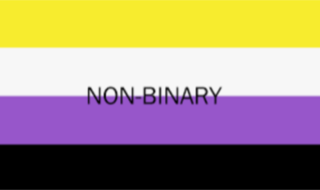There are many ways to experience gender identity. Gender identity is a person’s inner sense of being a girl/woman, boy/man, some combination of both, or something else, including having no gender at all.
Gender identity may or may not correspond to the sex assigned at birth. Cisgender term describes a person whose gender identity aligns in a traditional sense with the sex assigned at birth. Transgender is an umbrella term that describes a diverse group of people whose internal sense of gender is different than that which they were assigned at birth.
Most people, cisgender or transgender people, are either woman or man. Some people don’t n fit into the two categories of “man” or “woman”; non-binary is one term used to describe individuals who do not identify as man or woman, or who integrate both. Non-binary people are extremely diverse in terms of their identities and may be fluid or fixed in terms of their gender.
Identities that fall under the non-binary umbrella include:
Bigender – a person whose identity shifts between feminine and masculine depending on context or situation.
Genderfluid – a person whose gender identification shifts or changes.
Pangender – a person whose identity is made up of all gender identities.
Agender – a person who does not have a personal sense of gender identity.
Genderless – a person who does not identify with any gender.
References:
American Psychological Association. (2015). Guidelines for Psychological Practice with Transgender and Gender Nonconforming People. American Psychologist, 70 (9), 832-864.
https://pubmed.ncbi.nlm.nih.gov/26653312/
Graglia M. (2019), “Le differenze di sesso, genere e orientamento. Buone prassi per l’inclusione” (Carocci).




Scrivi un commento